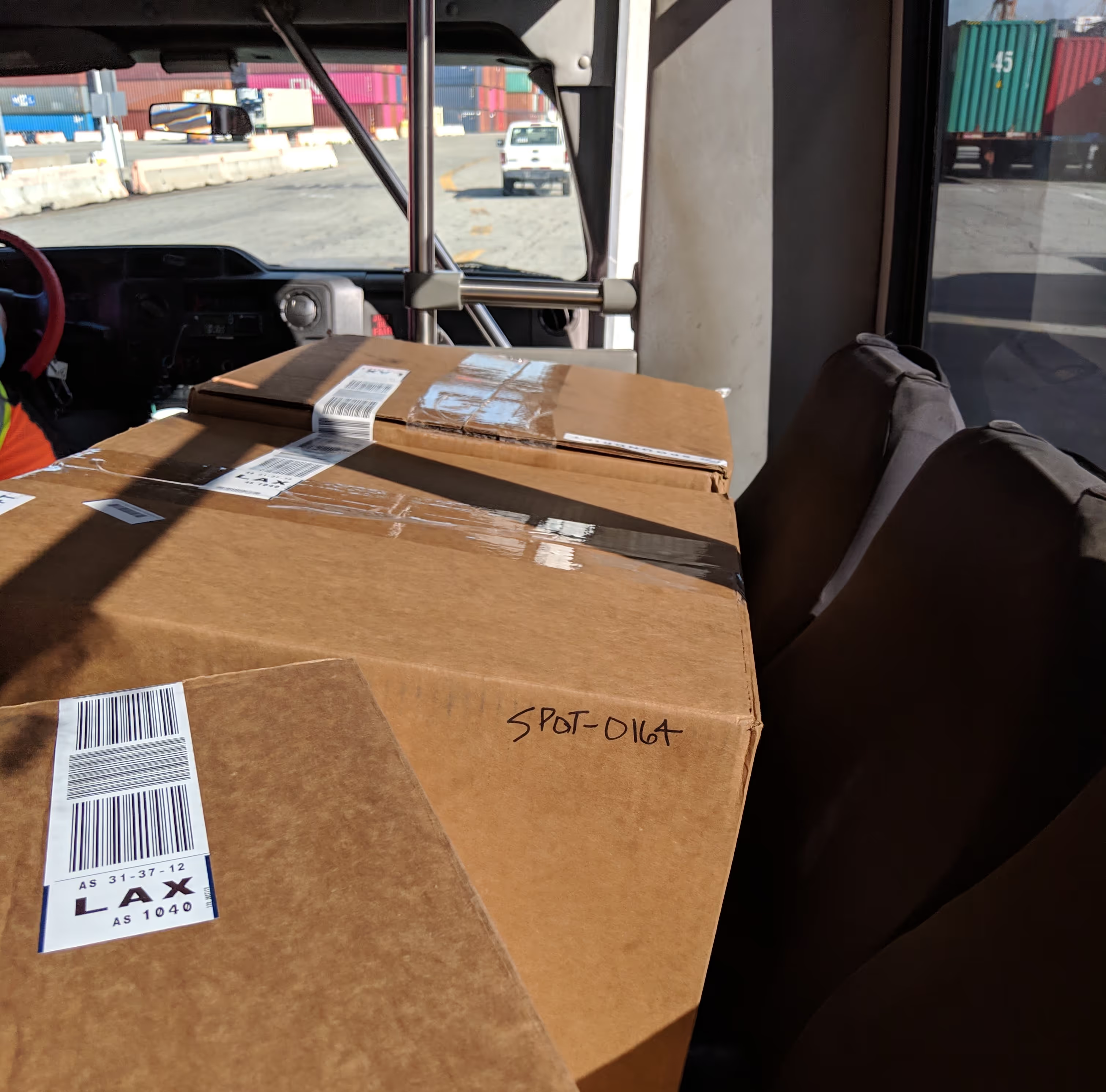.gif)
.gif)
.gif)
After nearly four years at sea, Spotter smart buoy SPOT-0164 — lovingly referred to as “Grandpa Spotter” by the Sofar Ocean team — has finally gone off the grid. The device, which was one of the oldest free-drifting Spotters in operation, sent its final transmission in early July. Grandpa Spotter’s remarkable drift track is shown in Figure 1 above.

Grandpa Spotter’s Pacific Ocean journey started on December 4, 2018, when it was deployed by a container ship traveling between Long Beach, California, and Honolulu, Hawai’i. Many free-drifting Spotters are deployed by “ships of opportunity” like this one; during a voyage, the crew tosses the durable buoys overboard at predetermined coordinates along the ship’s route.
.avif)
For the next three plus years, Grandpa Spotter meandered its way across the world’s largest ocean basin, making it as far west as Japan’s outlying islands in May 2022. The 5,487 miles separating Grandpa Spotter’s easternmost and westernmost points, shown in Figure 2, is longer than the distance covered by a flight from Hawaii to Japan.

Grandpa Spotter, of course, did not take the most efficient route across the Pacific. When every twist and turn caused by ocean currents and winds is added up, Grandpa Spotter’s total distance traveled is 19,563 miles. As shown in Figure 3, if Grandpa Spotter’s full drift track was stretched around the Equator, it would cover over 78% of Earth’s 25,000 mile circumference.
.avif)
During its journey, Grandpa Spotter kept busy. Counting only the observations it made of significant wave height, Grandpa Spotter collected and transmitted more than 34,500 data points. These observations, along with tens of thousands of other ocean data points, were assimilated into Sofar’s operational marine weather forecast to improve its accuracy.
Grandpa Spotter’s most extreme day at sea came on April 14, 2022. While drifting off of the coast of Japan, the buoy passed by the outer edge of Typhoon Malakas, a powerful storm that had registered maximum sustained winds of 109 mph just two days prior.
In Figure 4, watch as Grandpa Spotter — the largest yellow pentagon — drifts into Malakas’ path. The largest significant wave height that Grandpa Spotter recorded was about 33 feet, which means that the largest individual wave height it observed was likely greater than 65 feet. That’s the size of a six-story building.

Malakas' swell continued to propagate across the Pacific Ocean and eventually caused a lineup-clearing set at Mavericks, Northern California’s legendary big wave location. We tracked this unusual occurrence in a deep-dive blog post.
Although Grandpa Spotter is no longer transmitting data, its story may have another chapter. From time to time, free-drifting Spotter buoys wash ashore and are discovered by citizens, scientists, surfers, mariners, etc. Each buoy is clearly marked as a scientific instrument, includes a unique SPOT-ID, and lists contact information for the Sofar team. So, if you happen to stumble across SPOT-0164, please give us a call — we would love to get Grandpa Spotter back to San Francisco for further analysis (and a few belated birthday parties).
To receive the latest posts about marine sensing devices in your inbox, subscribe to our blog. To speak with a Sofar representative, schedule a Spotter smart buoy demo or Data Services demo.
